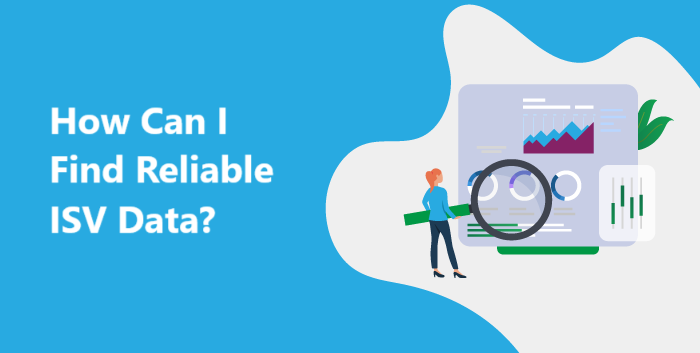Each New Year we all sit around making resolutions and goals, only to forget all about them come February. Am I right? Well this year, how can you stick to your objectives to make them a reality? Here are 5 tips to help kick-start your marketing efforts and sustain them so that 2024 is a success.
Tip #1 – Plan a Year in Review
The biggest mistake people make when goal setting is not taking a look at what went well and what didn’t go so well for the year that’s past. Making a list of everything you set out to accomplish, noting down what worked, what didn’t work, what lessons you learned, and how you could do better next time is a sure-fire way to improve your approach moving forward. And when you do this, you may be surprised: you may find that things actually went better than you thought! Take the time to interview your team and get their assessment since they will likely have a different perspective from you. You can use this as a basis for your 2024 strategy to do more of works well, and less of what doesn’t.
Tip #2 – Set Reachable Objectives
If you were to set out to lose weight, would you give yourself the goal of losing 30 pounds in 2 days? No, of course not. Why? Because it would not only be ridiculous and incredibly dangerous, but it would be entirely unachievable. Setting goals means being realistic—not only with the outcome, but the timeframe by which you will achieve them. It’s important to set goals that you know you are capable of reaching, although you also don’t want to make them too easy either. Goals should be things you need to reach for, not what you already know is likely to happen anyway. Make sure your goals are clear and specific (otherwise when you are looking to measure success you’ll get stuck).
Tip #3 – Commit!
Sometimes when people set goals, they are afraid of telling other people about it. Their fear is often based on what may happen if they don’t succeed. Better not to tell anyone about the goal because then if I don’t reach it, it won’t matter… While that may be tempting, it is in fact that that’s the best way to ensure you won’t reach your goal at all. I used to do this all the time with my husband when I wanted to lose weight or give up sugar. I would say to myself, “Better not tell him about it because then he’ll just make me feel bad any time I slip up and eat a cookie.” So I wouldn’t tell him and then I wouldn’t hold myself accountable for my behavior whatsoever. Needless to say, the goal then would be pushed off indefinitely until I just gave up on it entirely. Committing to the goal means announcing it to those around you, and making it known. It means that you will hold yourself accountable for taking concrete action each day to get yourself there. Going all in on your commitment means that you won’t take the easy way out when the going gets tough.
Tip #4 – Create Milestones
For every big goal, there are dozens of small steps that need to be taken to get you to your final destination. Creating milestones will help you celebrate progress along the journey—an integral part of the process—and will ensure that you see what’s behind you and what’s ahead. So many people give up just minutes before crossing the finish line because they didn’t even realize they were nearly there. Outlining milestones will help you avoid this pitfall so that you make it all the way.
Tip #5 – Integrate Flexibility into Your Plan
Being agile means that you adapt to all the unknown variables that may come your way. It means that you are prepared to pivot when things don’t go exactly according to plan. Integrating flexibility into your roadmap can go hand in hand with the milestones you’ve created. Asking yourself quality questions like, “Knowing what I know now, is this still the best way to move forward?” or “What can we learn from what has happened to make this situation even better?” Making sure that you are resilient enough to handle unexpected change when it happens will ensure that you don’t get stuck in rigidity trying to power through when what you are doing doesn’t work.
Conclusion
When what we are doing is working, then it comes to finding ways to optimize and scale. One of the best ways to do that is by automating systems and processes, and delegating tasks to others. Tapping into reliable outsourcers can help you do that without needing to hire additional resources internally. Be sure to share your vision with your team as well as your external providers so that you are all aligned on your BIG WHY.








